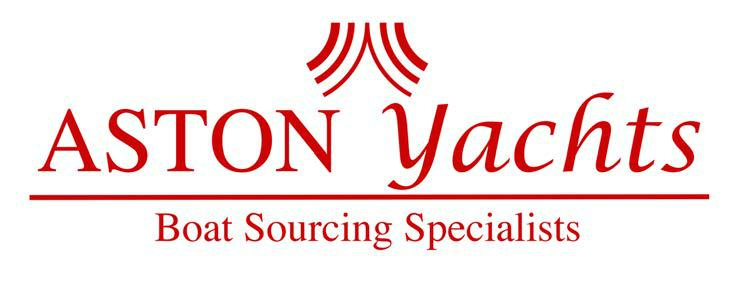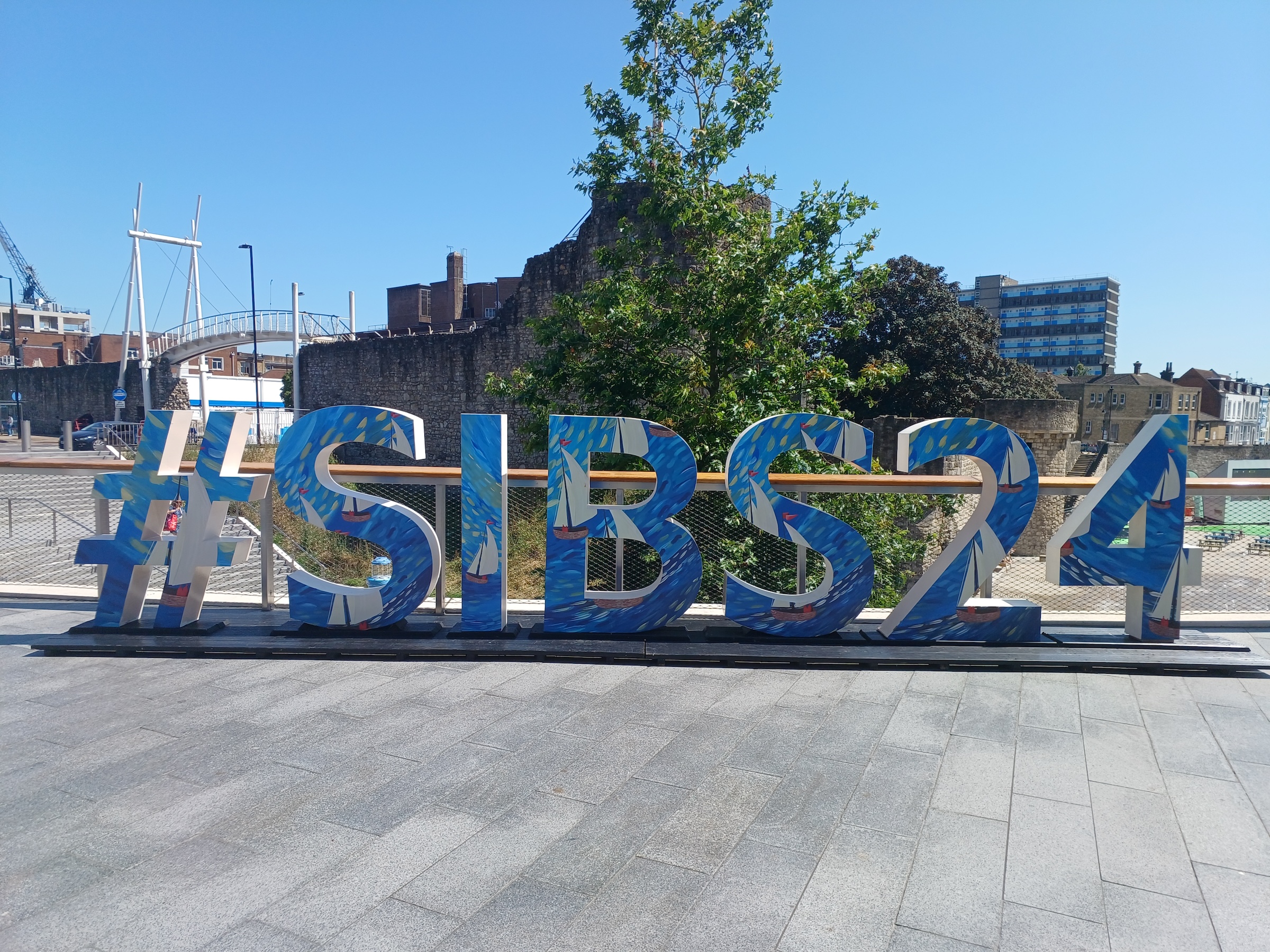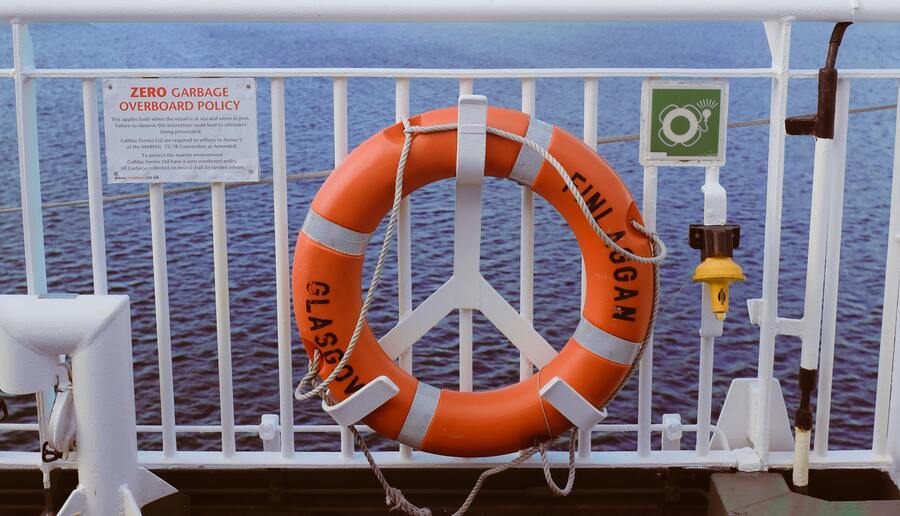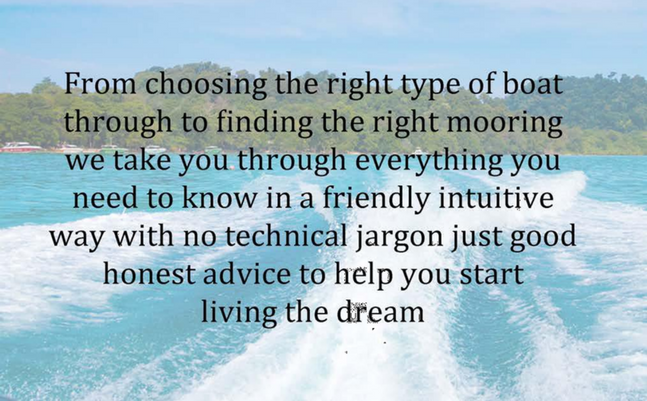
You want to live the dream, you want to feel the wind in your hair, you want the freedom of being able to just go anywhere in the world (within reason), you crave excitement, you like a challenge. Any of these sound familiar? Maybe you should take up the wonderful hobby of boating.
Be that sail or motor it makes no difference, the thrill of traveling on the open water is something that once experienced you'll never go back.
Whether you want to sail the seven seas, motor slowly up and down the inland waterways, sail around the coastline looking for secluded beaches to anchor up and have some fun in the water, go fishing, do wakeboarding, or just to have somewhere to get away from it all, having a boat gives you a freedom like no other. It can be just an occasional weekend hobby or a place to live; it could be that you have always had the dream of buying a sailboat and sailing around the world for a couple of years – and why not. Boating gives you the opportunity to fulfil your dreams.
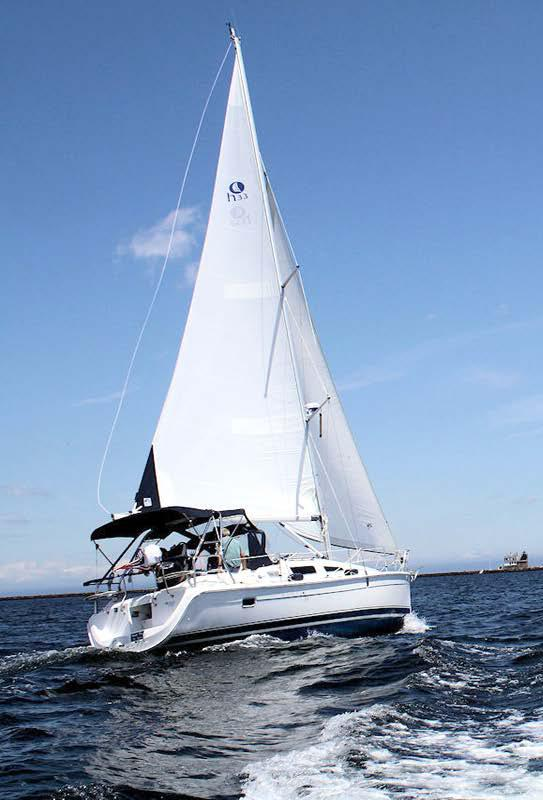
There are many types and sizes of boat. Deciding which one to get that best suits your needs and budget can be a very daunting task, then there's the trying to find it. There are all the formalities to deal with (some or all may be needed) before you buy the boat: finance, survey, insurance, flagging, the legal aspects, VAT, regulations, maintenance, management, safety, certification to use the radio, etc. This booklet will cover all the things you need to know to get you started, but this should only be used as a guide and we'll always recommend that you seek professional advice and help with all aspects of buying and owning a boat.
Before you consider buying a motor boat or sailing yacht there are a few things you need to think about, carefully, before you make your final decision:
-
Do you want to buy new – this can be a great opportunity for you to have a vessel built which will suit your exacting needs and tastes. However, you need to be aware that building a vessel from scratch, depending on size, features and classification requirements, can take up to several years.
Another option, if you just can’t wait, is to buy an existing vessel, there are always plenty for sale throughout the world and finding one that'll meet your needs is highly likely, and you will always have the option of having a refit done to bring it in line with your own personal taste.
You should have also considered the type of vessel you are after, these include:
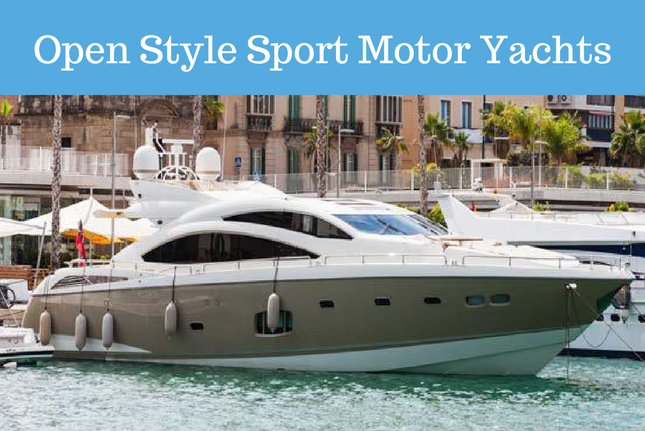
Open style sport motor yachts are very common, have a maximum of two decks but can be very spacious and luxurious. These vessels are, generally, fast so you can cut
down on journey time, but also have the refinements needed for entertaining guests with plenty of space for sunbathing and dining. They also have easy access to the water and some have space for water ‘toys’. They're the perfect type of vessel for getting into those secluded bays and deserted beaches; they are easier to manoeuvre into marinas – worth thinking about if you are inexperienced at the helm, as this type doesn’t usually need a crew (depending on size).
They, like all motor yachts, come with a choice of engine sizes, so you need to think carefully about what kind of sailing you will be doing, as the engine size and the amount of rpm (and speed) you will be calling for will have a huge baring on fuel consumption, which may or may not bother you. Not much point having huge engines if you intend to potter about around the shoreline or up rivers. Hybrid systems are starting to be seen on some big yachts and the technology is getting better all the time, so it is only a matter of time before such systems will be found on smaller yachts. Then there is the type of propulsion you choose, these can include: outboard, inboard shaft drive, sail drive, stern or surface drive, Pods or jet drive, all have advantages over one another in certain situations. Another thing worth considering is if it is worth paying a bit extra and, if not already fitted, getting bow thrusters to help with getting into tricky marinas. You can even have stern thrusters fitted if you want total control, although they wont be needed if the vessel has pod drives.
Another thing to consider if you are likely to have people on board who may not be too good with a rocking boat, and could make your time aboard whilst at anchor a bit more ‘steady’ is stabilization. Not just the domain of large yachts anymore, you can get stabilization for boats from 30’ up in length that can be retro fitted or added during construction. Systems like the Seakeeper are fitted inside the boat, other systems use fins or similar outside the hull. Stabilization is also useful while underway to help reduce boat motion and therefore relieve some symptoms of seasickness.
Sailboats come in all types and sizes, which really makes your choice very difficult. Personal choice, the type of sailing you intend to do and the level of your sailing skills will have a big influence on the type you get.
They come in three different hull types, mono hull, twin hull (Catamaran) or triple hull (Trimaran). Mono hull yachts are the most common. Then there is the type of Mast and Sails you require: A cat is a small boat with one Mast far forward near the Bow with one Sail. A sloop has one mast and two sails (this is the most common type), and then there is a Cutter, which still has one Mast but three sails (better for long cruising because of the different sail combinations for different wind conditions)
A Ketch will have a second shorter Mast aft of the main near the Transom, A Schooner usually only have two masts, but can have more, in a two mast configuration the aft mast is taller than the main.
The other main factor in the type of sailboat to choose is the type of Keel the boat has. Generally, most sailboats have a Fin Keel, which varies in design some with wings (to help reduce draft) or a heavy bulb (which lowers the centre of gravity, making it more efficient without increasing it’s length). Then there are Bilge Keels or twin keels, these are set off to either side of the hull, as opposed to in the centre like the Fin type, which has two advantages, one: because of the way they are set the boat will stand up on them in low tide or if the tide goes out completely – this is great if you want to do some quick maintenance on the hull or rudder, two: they have a very low draft which means you can sail in shallower water.
The disadvantage is they are not so good at reducing slippage, so you need to be more aware in heavy winds. There is also a Full-Length Keel, usually found on older boats. Sailboats usually come with a single engine, very useful for getting in and out of marinas and when there is no wind whilst underway. Also, depending on the boat’s size you’ll find it will either have a tiller connected to the rudder or it will have up to two large steering wheels connected to the rudder, these can also come with the useful addition of autopilot.
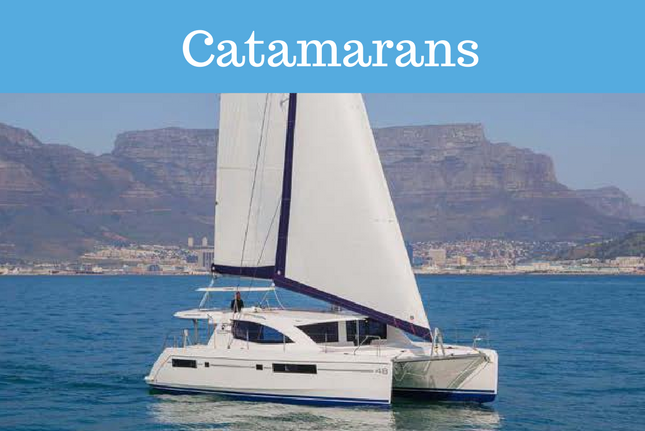 © leopard 48. Image used with permission from Leopard Catamarans, via Aston yachts.
© leopard 48. Image used with permission from Leopard Catamarans, via Aston yachts.
Catamarans are boats made up of two hulls. This type of boat is becoming more and more popular mainly because of the extra room you get both inside and on deck. They are usually two decks, although some larger ones can have three, and come in both motor and sail versions in various sizes. It is said, and proven through tests, that they are unsinkable (where have we heard that before?) They are also very difficult to capsize and if you are unlucky enough to have this happen at least it wont sink, so you can use it as a life raft.
The disadvantage of them compared to a monohull if capsized is with a monohull, if you catch it quick enough before it sinks, there is a good chance of re-righting the boat, whereas with a catamaran you have no chance of getting it back sunny side up. It has to be said though they are faster, under sail, than a monohull in the same wind because of less resistance from the hull, and they don’t need a large keel hanging down beneath the water to counter the sails. Because of the twin hull design they don’t heel when under sail like a monohull does and tend to sail quite flat, which has it’s advantages but does make it a bit more of a handful when tacking and you have to be careful not to overload the sails.
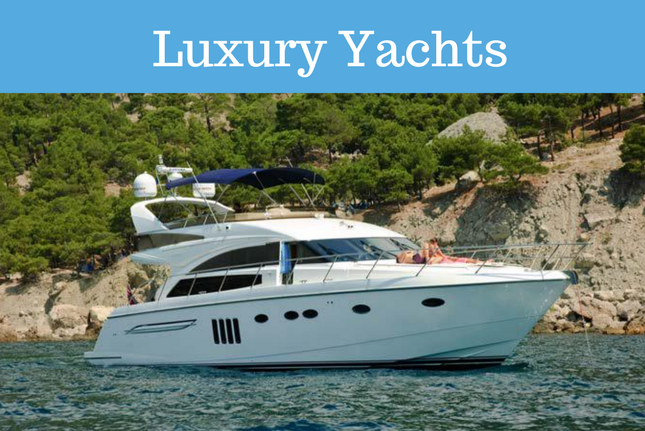
This category covers a large variety of vessels of all sizes, styles and type. They can have as many as 5 decks, some with a flybridge, and accommodate many guests and crew. They can vary immensely in design and luxury, from the very comfortable,
practical vessels to ‘superyachts’ – the absolute pinnacle of luxury, these can have helicopter landing pads, boat docks cinemas, gyms and games rooms. Luxury yachts are generally well equipped for
entertaining and having fun, with plenty of water sport toys including jet skis, windsurfers, canoes, dive equipment and swimming pools. Some have a speedboat for water skiing and even a small submarine.
The interiors of these types of vessels are generally very spacious with large saloons; fine dining areas and luxurious accommodation for guests and owners, with many bedrooms having en-suites. These vessels are built for the open sea and are generally stable in adverse conditions. They are designed to travel long distances in comfort, are self-sufficient and larger vessels have a crew, so you don’t have to do anything apart from enjoy the experience. Many have office space, so the busy business executive will never be far away if required for that crucial video board meeting or, indeed, having the meeting on-board – what a great environment to have a meeting in, and when all is done everyone can relax on the sun deck or in the saloon bar.
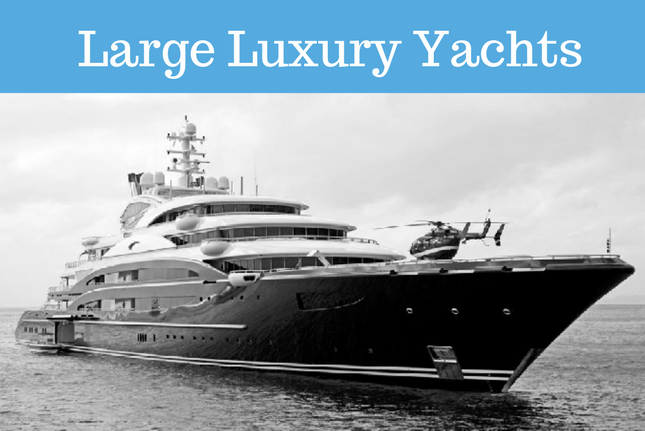
Large luxury yachts are, by definition, very expensive not only to buy but also to run. This is why a growing number of owners are offering their yachts up for charter to help cover the running costs. This is something you may want to consider if you are looking to make your purchase a profitable one, but be aware that in order to charter your vessel it'll need to be registered to one of the classification societies and, if not already registered, that may require an expensive refit to bring the vessel up the standards required.
There are, of course, many other types of boats within the categories mentioned above including the many types and variations of sailboat. You can pretty much have anything you want, so long as you are prepared to scout around for the right boat builder with the kind of boat specification you are after – with a few tweaks here and there.
The same can be said of motor boats, with many, many builders supplying very good and varied boats of all types, from small cuddys (a smallish boat with one small cabin at the front) to day cruisers with a couple of cabins, or fishing boats for the family. There are also boats specifically designed for inland waterways that you wouldn’t take out to sea (unless you were mad). So, it’s fair to say that there is a boat for all people with all tastes, abilities and needs. So don’t worry about not being able to find the right boat for you, it might take you a while to find it, especially if your wish list is rather long – but that is what we are here for.
Once you've made your choice and have now decided what you're looking for and what you'll be using the vessel for, then you need to start thinking about how you will go about finding the right one and making that purchase. One way is to do all the hard work yourself or you could employ a specialist firm, like Aston Yachts, to take care of everything for you.
Buying a motor boat or sailing yacht, of any size and budget, can be a daunting task and not to be taken lightly. It can be very time-consuming and there are many technical and legal processes to go through in order to make the purchase and transfer of ownership go smoothly, and using a specialist in this area will be invaluable.
To read PART TWO of
Thinking of purchasing a fixer upper? Check out Boats and Outboard's article below:
11 Amazing Boat Restoration Hacks!



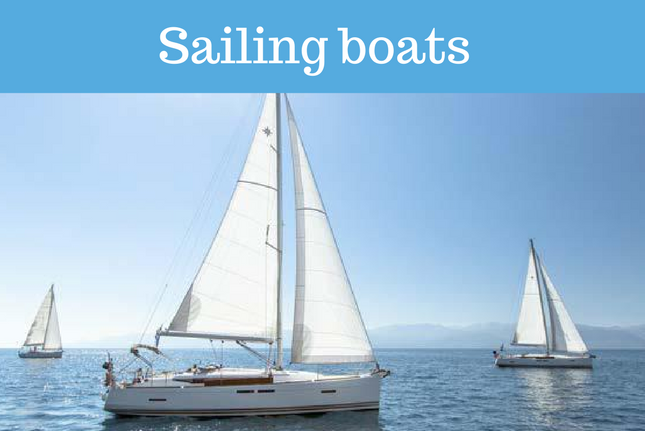
 © leopard 48. Image used with permission from Leopard Catamarans, via Aston yachts.
© leopard 48. Image used with permission from Leopard Catamarans, via Aston yachts. 

